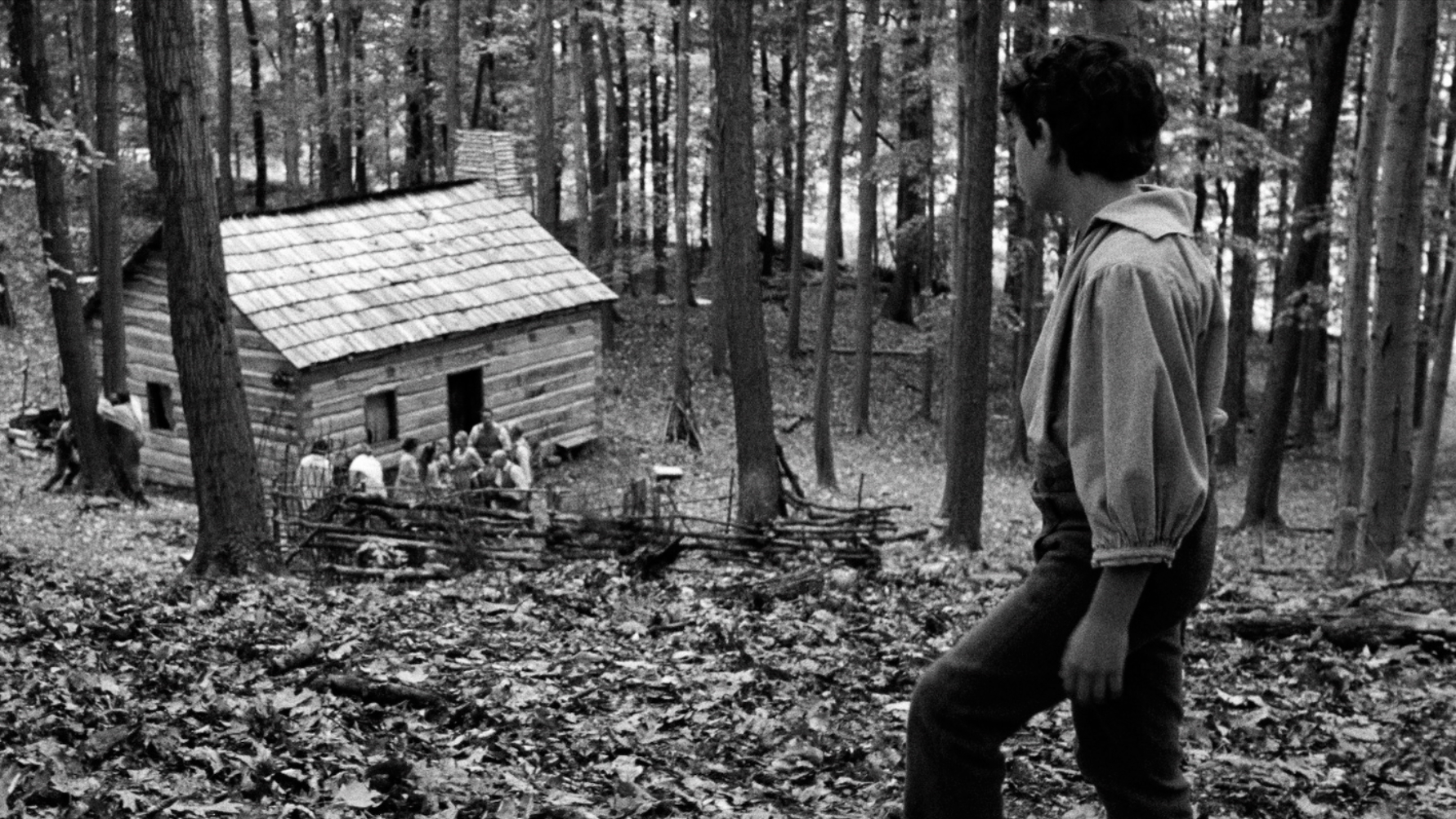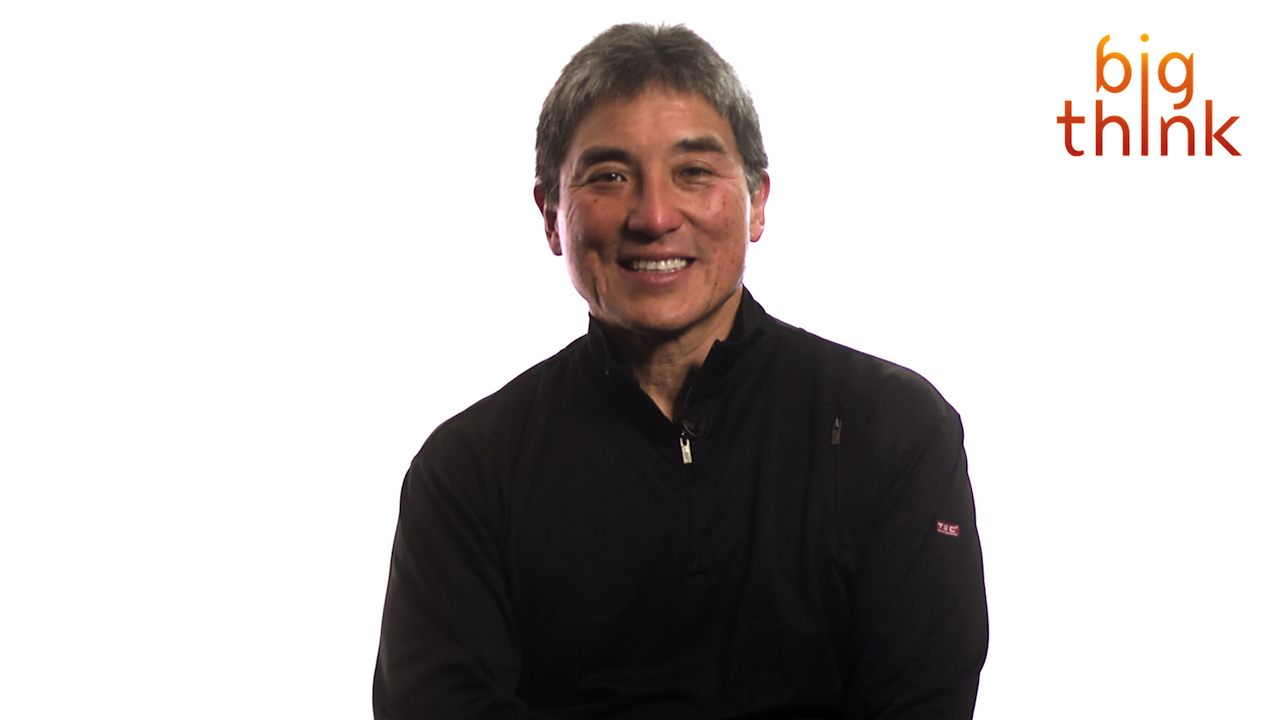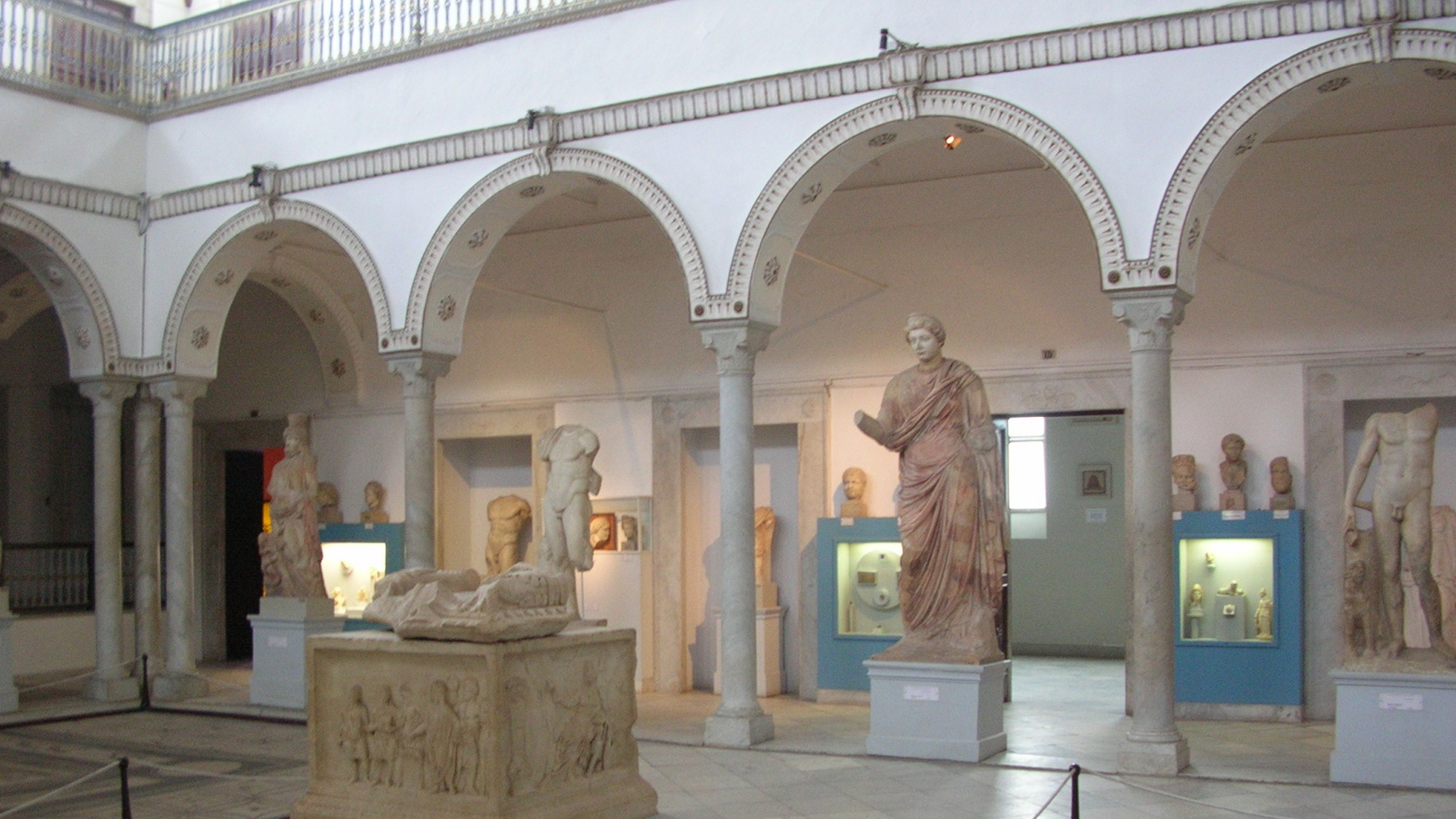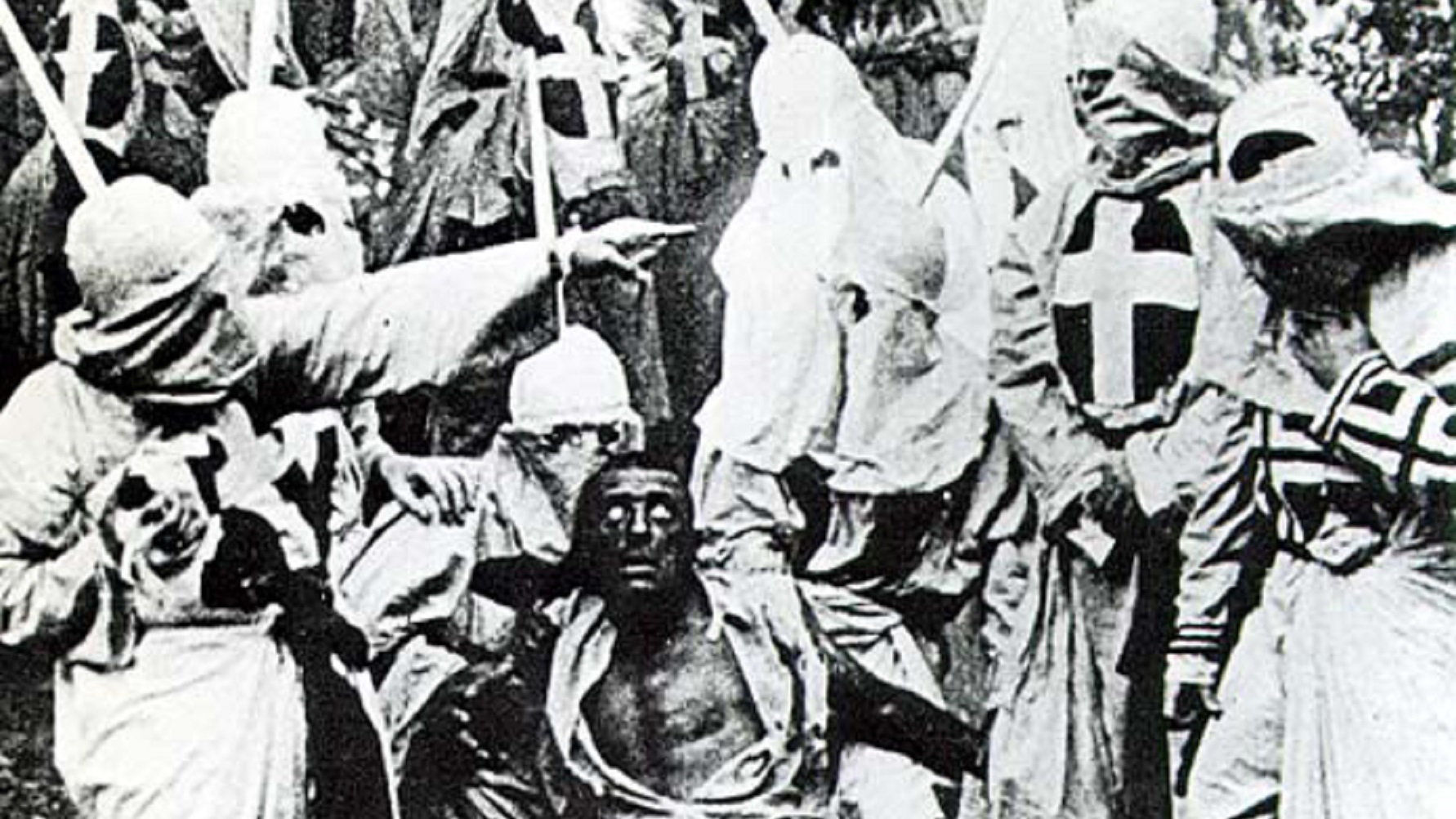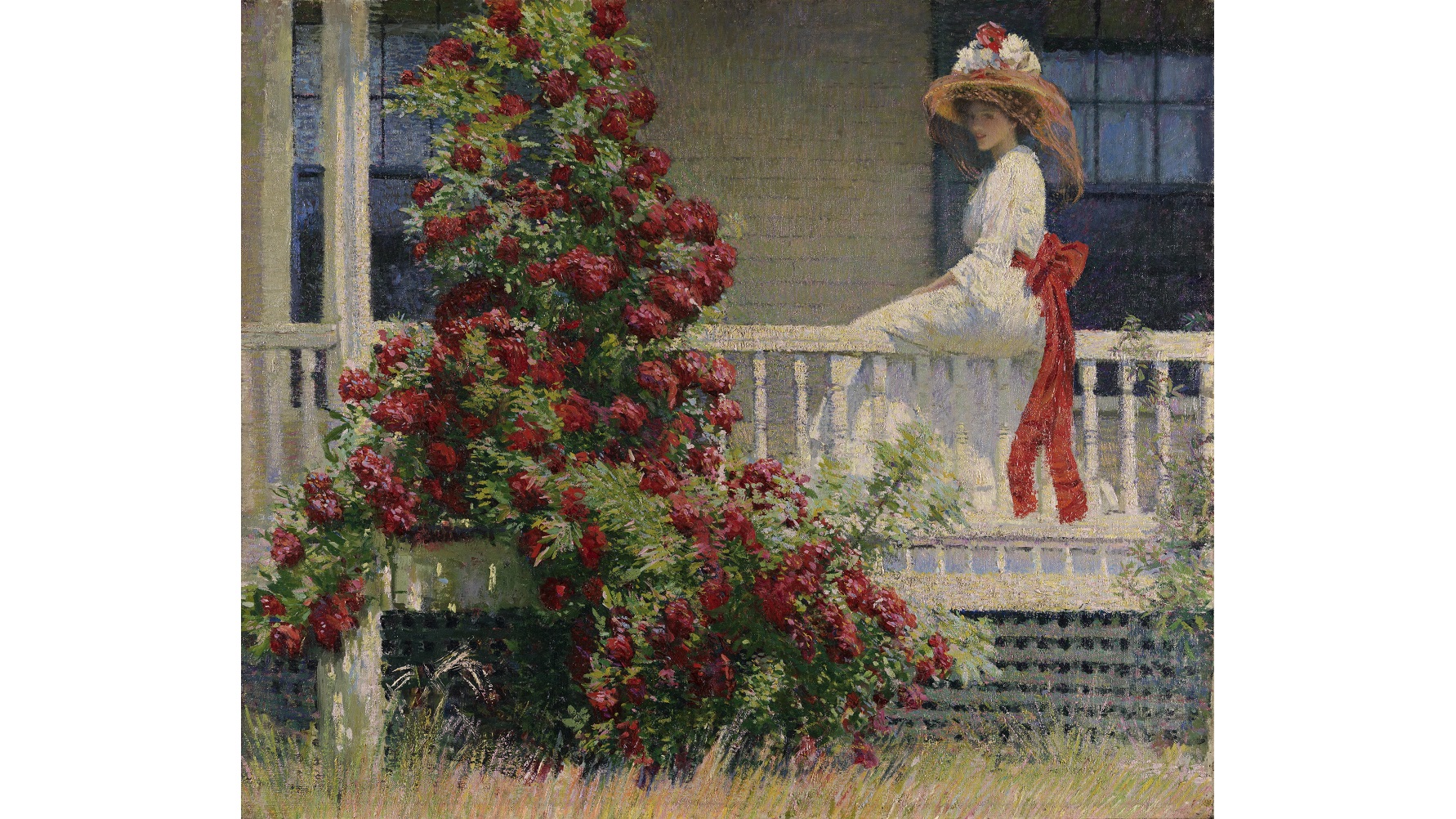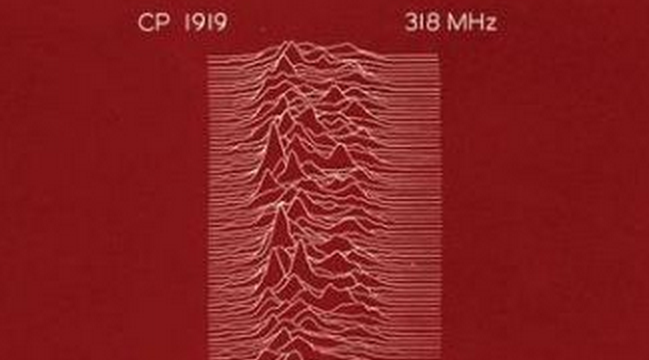Would there be only blackness past the event horizon? Or something more? They say ‘A flat ocean is an ocean of trouble. And an ocean of waves… can also be […]
Search Results
You searched for: color
Of the many concepts of Judaism artist Mark Rothko took to heart, the idea of tikkun olam, Hebrew for “repairing the world,” penetrated the deepest. In Mark Rothko: Toward the Light in the Chapel, academic and a cultural historian Annie Cohen-Solal cuts to the heart of Rothko’s life and art and sheds new light on how both seemingly had to end at The Rothko Chapel (shown above), the Houston home of Rothko’s final works that he tragically didn’t live long enough to see himself. In this tightly focused new biography, Cohen-Solal shows us both how The Rothko Chapel culminates Rothko’s life-long mission to repair his world and how it continues to serve as a light of hope in our darkening world.
A.J. Edwards is the director of the new film The Better Angels, which highlights the formative years of Abraham Lincoln. In this Big Think interview, Edwards explains his decision to shoot the film in black and white.
Websites aren’t just bits of information floating in nothingness until appearing on a computer screen. They can have significant environmental impacts that ought not go unchecked.
Can the world’s most fantastic and speculative “theory of everything” candidate shed light on the Universe’s most invisible objects? “I just think too many nice things have happened in string […]
Scientists and mathematicians hope to unlock the secrets of psilocybin, a compound found in magic mushrooms, in order to better understand how networks in the brain connect in uninhibited states.
Fleeing the Norman Conquest, English émigrés established a now-forgotten New England on the northern shore of the Black Sea.
The former Chief Evangelist steps into Mark Zuckerberg’s shoes and explains that if he were CEO of Facebook he would make sure not to alienate users by debasing their social media experience.
The nonprofit sector is unfairly geared toward large, mainstream organizations that take in the most money but don’t adequately engage with the people most affected by a problem.
The forgotten aspects of art history will always be the most intriguing. Digging up the dead storylines of art history, whether in the distant or the recent past, will never end, mostly thanks to forces that buried the facts, if not the bodies, for whatever agenda. Artists and Prophets: A Secret History of Modern Art 1872-1972 at the Schirn Kunsthalle Frankfurt resurrects German visionaries and Jesus wannabes from the late 19th and early 20th centuries to look at how their exploits and artistic creations helped shape the course of German and European modern art. It also shines light on how the impact of those figures fell into obscurity as another casualty of the ideological war waged by that most unfortunately unforgettable of German messianic aspirants — Adolf Hitler.
The attack at the Bardo National Museum in Tunis, Tunisia, on March 18, 2015, was an attack on civilization itself. Not just Tunisian civilization or Western civilization or Islamic civilization or Christian civilization — ALL civilization. ISIS may not have been directly involved in the Tunisian attack, but its iconoclastic, its “year zero” philosophy certainly was present. The fact that these attackers targeted tourists seeking out ancient civilizations rather than the artifacts of those ancient civilizations makes this latest tragedy even more chilling. The Bardo National Museum attacks may one day emerge as the first battle in the ultimate fight for civilization’s survival.
Few inhabitants of the world’s biggest megacity have any idea of its existence, or of its name.
Other particles — electrons, neutrinos, photons and more — can exist on their own. But quarks never will. Here’s why. Image credit: Wikimedia Commons user Maschen under C.C.-1.0. “In physics, you don’t have to […]
On February 8, 1915, at Clune’s Auditorium in Los Angeles, California, D. W. Griffith’s Birth of a Nation premiered. The fledgling art form of film would never be the same, especially in America, which even half a century after the end of the Civil War struggled to come to terms with race. Now, a century after Birth of a Nation’s premier, America still struggles not only with race, but also with how race plays out on the silver screen. For good and ill, Birth of a Nation marks the beginning of the first 100 years of the American Cinema—epically beautiful, yet often racially ugly.
Last week, the Supreme Court heard oral arguments in Equal Employment Opportunity Commission (EEOC) v Abercrombie & Fitch Stores, a case involving a Muslim woman whose headscarf, or hijab, disqualified […]
Obesity is one the rise, and telling people to just eat less isn’t enough to stop it. One study thinks it has found a way to curb men’s appetites by simply changing the lighting in the room.
American Impressionism’s often been seen as a pale copy of the French Impressionism that flowered in the late 19th century. Although American Impressionists early on copied their French counterparts (and even made pilgrimages to Monet’s Giverny garden and home), the exhibition The Artist’s Garden: American Impressionism and the Garden Movement, 1887–1920, at the Pennsylvania Academy of the Fine Arts through May 24, 2015, proves that American Impressionism quickly blossomed into something distinct—and distinctly American—by the turn of the 20th century. Capturing aesthetically a moment of contradictions as American nativism threatened to close borders while women’s suffrage struggled to open doors, The Artist’s Garden demonstrates the power of flowers to speak volumes about the American past, and present.
The most famous logic puzzle from the best police comedy on television, and how to (finally) solve it! “I have made the most important discovery of my career, the most […]
After the CMB, before the first stars, there was nothing to see. Or was there? “[I]f there were no light in the universe and therefore no creatures with eyes, we […]
Spin a roulette wheel a million times, and you’ll see a fairly even split between black and red. But spin it a few dozen times, and there might be “streaks” of one or the other. The gambler’s fallacy leads bettors to believe that they odds are better if they bet against the streak. But the wheel has no memory of previous spins; for each round, leaving aside those pesky green zeroes, the odds for each color are always going to be 50-50.
Using Experimental Philosophy to Shift Perspective, with Jonathon Keats Jonathon Keats introduces his workshop by listing the following five rules for looking at the world like an experimental philosopher: 1. […]
The most important lessons about Earth come from looking outward. “We came all this way to explore the Moon, and the most important thing is that we discovered the Earth.” […]
How often does a CEO directly and publicly address organizational politics? How many compose a list of the worst forms or could even identify them?
On March 4th at 19:30:15 Universal Time, Venus and Uranus will pass within 0.1° of each other. Here’s how to see it. “Since you cannot do good to all, you […]
Joy Division’s iconic “soundscape” was designed by a Cornell University astronomer.
And why do some of them appear to be right here in our own galaxy, which formed much later? Image credit: DSS, of SMSS J031300.36–670839.3, candidate for “oldest star.” “Let […]
Civil rights leader Mary McLeod Bethune on never giving in to discrimination:
“If we accept and acquiesce in the face of discrimination, we accept the responsibility ourselves and allow those responsible to salve their conscience by believing that they have our acceptance and concurrence. We should, therefore, protest openly everything… that smacks of discrimination or slander.”
Do you dig social media, kung fu, ascetic lifestyles, and the color orange? If so, the Shaolin Temple has just the job for you.
In 1931, Norway annexed part of Greenland. It could have been the start of a very Cold War indeed.

